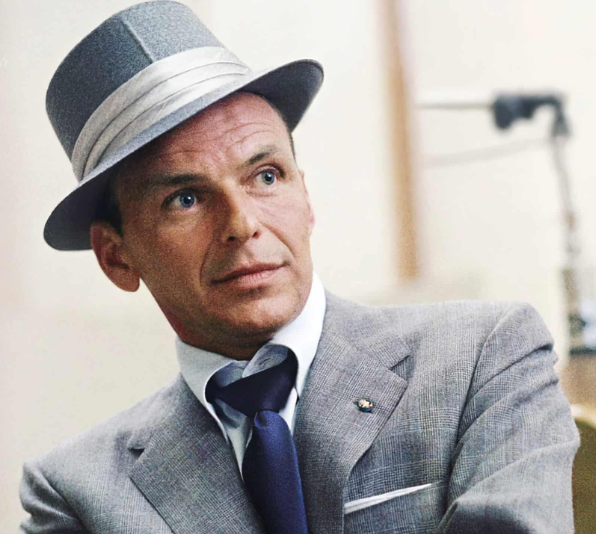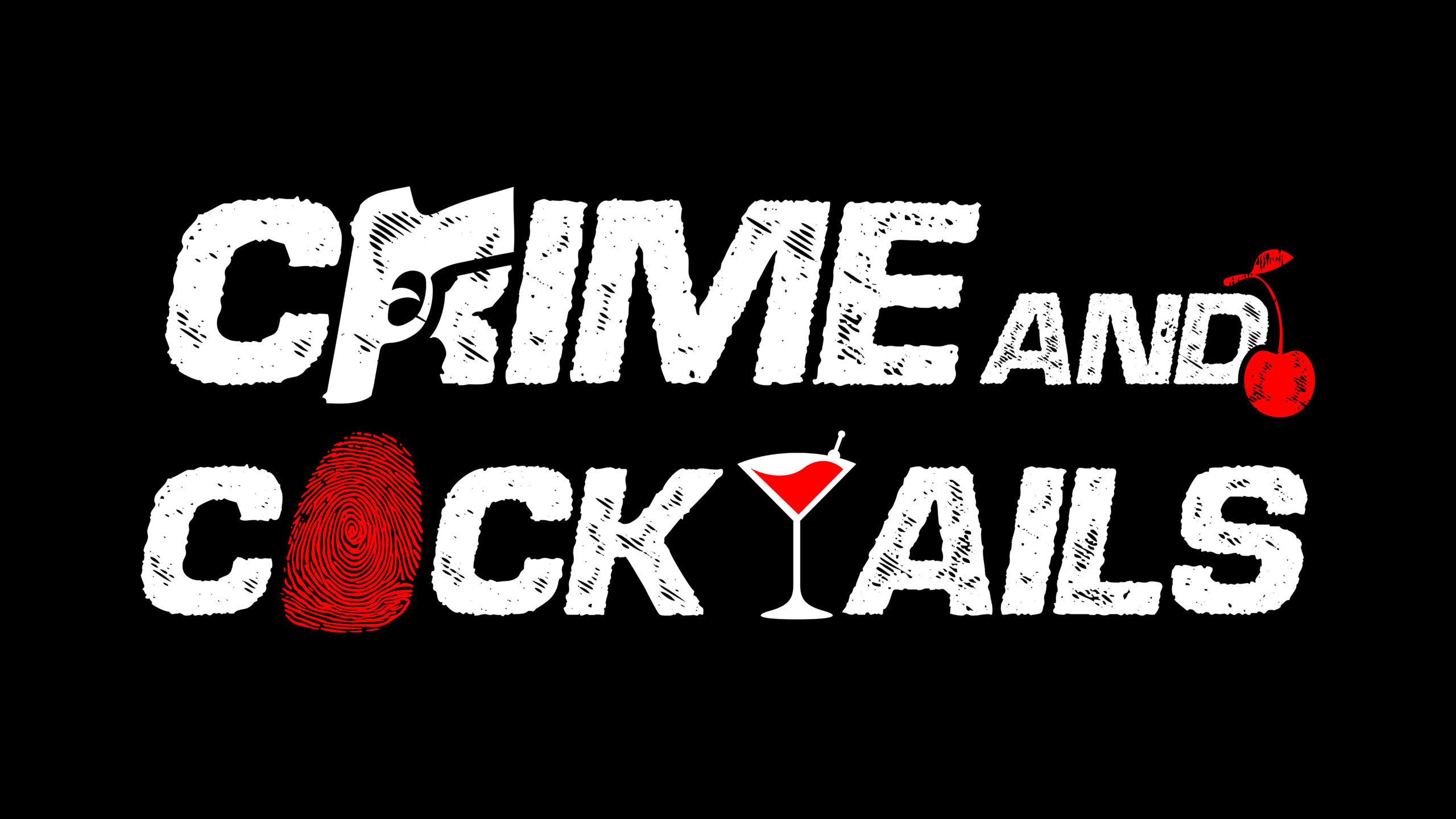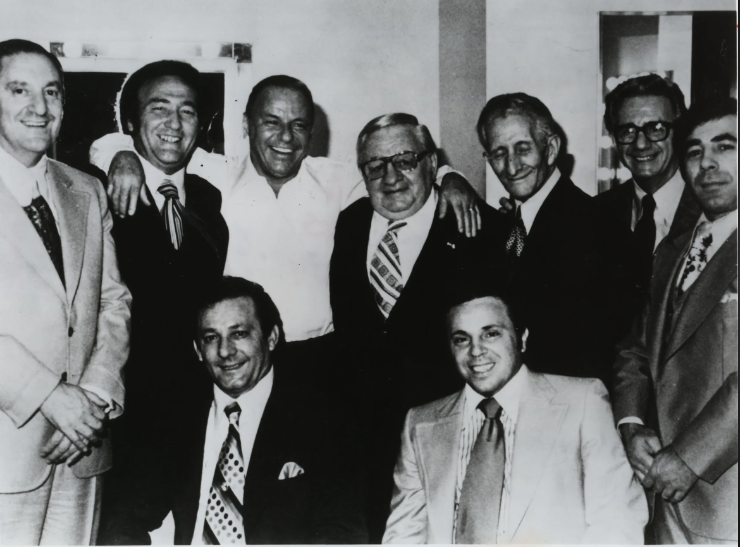In the soft spotlight of the 20th century’s golden age of American entertainment, Frank Sinatra stood alone—a voice like velvet, a temper like wildfire, and a reputation as glittering as it was dangerous. But behind the swoon-worthy crooner image, beneath the tailored suits and Rat Pack swagger, lived a darker story: one of constant shadow-dancing with the Mafia, and a desperate, decades-long campaign to separate his fame from his friends.
And it all came crashing into public view in 1947, when a single photograph exposed a connection Sinatra had long tried to keep buried.
The Picture That Changed Everything
On a warm February day in Havana, Cuba—then a playground for America’s wealthiest and wickedest—a black-and-white snapshot captured Frank Sinatra in the company of some of the most notorious men in organized crime. Gathered at the Hotel Nacional for what would later be revealed as a major Mafia summit, the photograph showed Sinatra seated with Charles “Lucky” Luciano and other top mob figures like Meyer Lansky and Frank Costello.
To the casual onlooker, it might have seemed like an odd but explainable celebrity moment—Sinatra, always hobnobbing with the rich and powerful. But to federal investigators, the image was confirmation of what they’d long suspected: Sinatra wasn’t just brushing shoulders with the Mob. He was embedded.
The fallout was immediate. The FBI took renewed interest in Sinatra, and his name was added to confidential files that would eventually balloon to over 1,200 pages. The headlines were unrelenting. The crooner’s carefully sculpted image as a hard-working Italian-American success story was now tangled in the webs of racketeering, illegal gambling, and suspected mob hits.
But Sinatra’s response? Denial. Total and absolute.

The Mob Ties Sinatra Couldn’t Sing Away
Sinatra’s connection to organized crime had always been more than speculation—it was whispered about in the alleyways of Atlantic City and shouted over the clink of ice in Vegas high-roller suites.
As early as the 1940s, rumors swirled that Sinatra’s meteoric rise from Hoboken saloon singer to Hollywood star had been “greased” by Mafia hands. There were claims that Mob boss Willie Moretti had leaned on radio executives to give Sinatra airtime, and even that Moretti personally “encouraged” Tommy Dorsey to let Sinatra out of his binding band contract for a suspiciously low $1 fee—under threat of physical harm.
In 1950, Sinatra was subpoenaed by the Kefauver Committee, which was investigating organized crime’s reach into American life. Sinatra played it cool, feigning ignorance and playing dumb. But the questions kept coming. So did the FBI file, tracking Sinatra’s associations, movements, and alleged use of his private jet to ferry mobsters from city to city.
Perhaps most damaging was Sinatra’s long, tangled relationship with Chicago mob boss Sam Giancana. Sinatra helped arrange for Giancana to attend a high-profile performance at the Sands Hotel in Las Vegas. Years later, it emerged that Sinatra had served as a conduit between the Kennedys and Giancana during the 1960 election—an attempt to secure union support in crucial states. When the relationship soured, Giancana reportedly felt betrayed, and Sinatra was said to be shaken, fearing retaliation.
The Vegas Years: In Too Deep
Sinatra’s involvement with the Mob intensified as he became more deeply involved in the Las Vegas casino scene. By the 1960s, he was a part-owner of the Cal Neva Lodge on the Nevada-California border—another place where powerful friends gathered behind locked doors. There were whispers of sex parties, drugs, and high-level mob meetings.
In 1963, Sinatra was forced to sell his share of the Cal Neva and withdraw from the Sands after the Nevada Gaming Control Board raised concerns about his associations. Officially, it was framed as Sinatra “voluntarily distancing” himself. But the subtext was clear: the Mob was bad for business, and Sinatra’s brand had become radioactive.
A Campaign of Distance and Damage Control
From the late 1960s onward, Sinatra fought a dogged PR war to sanitize his image. He stopped appearing publicly with known mobsters. He sued journalists who implied Mafia connections. He lashed out at reporters with venomous fury, once calling them “pimps and whores” for their insinuations.
In 1976, the New York Times published a story questioning Sinatra’s attendance at a party with Mob figures in Palm Springs. Sinatra responded with legal threats. In public, he scoffed at the idea that he had anything to do with organized crime, claiming he was just being punished for his Italian heritage.
“I’ve been the victim of the same smear tactics my whole life,” he said in a rare moment of candor. “Guilt by association is a cruel thing.”
But privately, Sinatra’s associates would later reveal, he was haunted. Friends said he feared wiretaps and surveillance until the day he died. He knew the Mob could turn on even its most loyal friends. And he knew that no amount of Grammy wins or humanitarian awards could erase the impression left by that picture in Havana.
Legacy: An Unfinished Song
Frank Sinatra died in 1998, adored and celebrated by fans around the world. But the shadow of the Mob still lingers over his legend. Biographers continue to uncover new details. Declassified FBI files and memoirs of former mobsters only deepen the mystery.
To some, Sinatra’s association with the Mafia is just a footnote—part of the colorful backdrop of mid-century showbiz. To others, it’s proof that no star, no matter how bright, can shine without shadows.
And somewhere, tucked in a vault or a forgotten archive, that Havana photograph remains—grainy, damning, and immortal. A frozen frame in the life of a man who could never quite outrun the company he kept.


